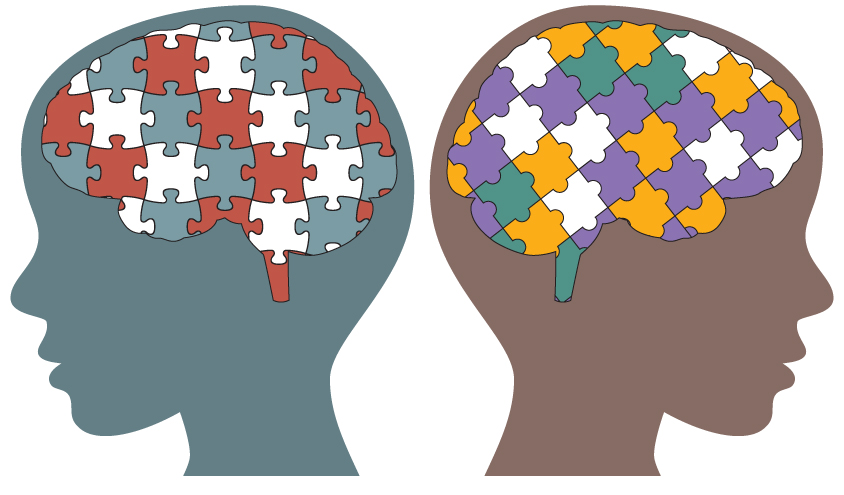Let us talk about Autism in children
I wish to commend your sustained effort and courage in educating the public via your weekly health column. Recently I read that a mother threatened to kill her child because he is suffering from Autism. Please share information about this problem. Melody V. Thanks Melody for your question. Autism can be defined as a complex […]

I wish to commend your sustained effort and courage in educating the public via your weekly health column. Recently I read that a mother threatened to kill her child because he is suffering from Autism. Please share information about this problem.
Melody V.
Thanks Melody for your question. Autism can be defined as a complex neurobehavioral condition that includes impairments in social interaction and developmental language and communication skills combined with rigid, repetitive behaviors.
Children with autism have trouble communicating. They have trouble understanding what other people think and feel. This makes it very hard for them to express themselves either with words or through gestures, facial expressions, and touch. A child with Autism who is very sensitive may be greatly troubled, sometimes even pained by sounds, touches, smells, or sights that seem normal to others.
Children who are autistic may have repetitive, stereotyped body movements such as rocking, pacing, or hand flapping. They may have unusual responses to people, attachments to objects, resistance to change in their routines, or aggressive or self-injurious behavior. At times they may seem not to notice people, objects, or activities in their surroundings. Some children with autism may also develop seizures (convulsion) and in some cases, those seizures may not occur until adolescence.
Some people with autism are cognitively impaired to a degree. In contrast to more typical cognitive impairment, which is characterized by relatively even delays in all areas of development, people with autism show uneven skill development. They may have problems in certain areas, especially the ability to communicate and relate to others. But they may have unusually developed skills in other areas, such as drawing, creating music, solving math problems, or memorizing facts.
What are the symptoms?
Typically appears during the first three years of life. Some children show signs from birth. Others seem to develop normally at first, only to slip suddenly into symptoms when they are 18 to 36 months old. However, it is now recognized that some individuals may not show symptoms of a communication disorder until demands of the environment exceed their capabilities. Autism is four times more common in boys than in girls. It knows no racial, ethnic, or social boundaries. Family income, lifestyle, or educational levels do not affect a child’s chance of being autistic.
One symptom common to all types of Autism is the inability to easily communicate and interact with others and the environment. In fact, some people with autism are unable to communicate at all. Others may have difficulty interpreting body language, also called non-verbal communication, or holding a conversation.
Other symptoms linked to autism may include unusual behaviors in any of these areas:
- Interest in objects or specialized information
- Reactions to sensations
- Physical coordination
- These symptoms are usually seen early in development. Most children with severe autism are diagnosed by age 2.
What causes Autism?
- Because autism runs in families, most researchers think that certain combinations of genes may predispose a child to autism. But there are risk factors that increase the chance of having a child with autism.
- Advanced age of the mother or the father increases the chance of an autistic child.
- When a pregnant woman is exposed to certain drugs or chemicals, her child is more likely to be autistic. These risk factors include the use of alcohol, maternal metabolic conditions such as diabetes and obesity, and the use of anti-seizure drugs during pregnancy. In some cases, autism has been linked to an inborn metabolic disorder caused by the absence of an enzyme and Rubella (German measles).
- Exactly why autism happens isn’t clear. Research suggests that it may arise from abnormalities in parts of the brain that interpret sensory input and process language.
How Is Autism treated?
Treatments for autism vary depending on the needs of the individual. In general, treatments fall into four categories:
- Behavioral and communication therapy.
- Medical and dietary therapy.
- Occupational and Physical therapy.
- Complementary therapy (music or art therapy, for example).
